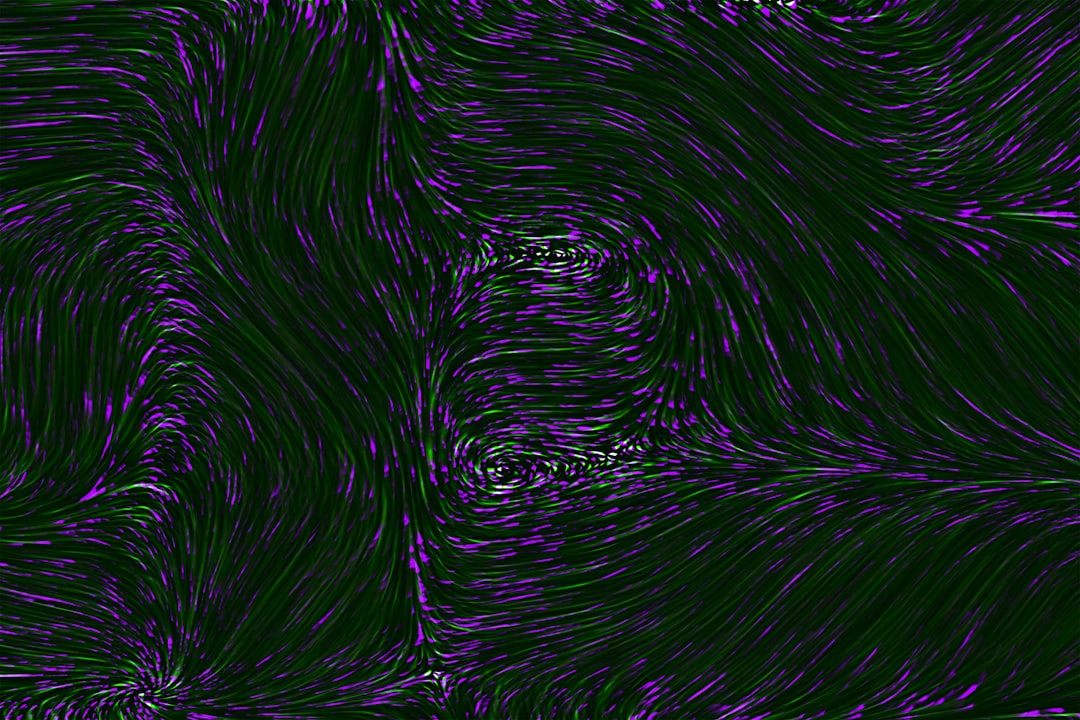Body dysmorphia is a mental health condition characterized by an intense focus on perceived physical flaws, causing significant distress and impairment. It's treated through specialized therapies like Cognitive Behavioral Therapy (CBT) and Dialectical Behavior Therapy (DBT), which address underlying causes, manage obsessive thoughts, and foster self-acceptance. Building a supportive network of compassionate individuals, family, friends, and mental health groups is crucial for long-term healing. Professional guidance combined with this support system enables effective recovery from dysmorphia, leading to positive changes in appearance-related beliefs and behaviors.
“Uncovering the path to recovery from body dysmorphia—a condition where an individual experiences a distorted view of their own body, often leading to significant distress. This comprehensive guide explores the intricate relationship between mental health and dysmorphia, emphasizing the vital role of professional support. From understanding the symptoms and causes to delving into therapeutic strategies, we navigate effective paths to healing. Additionally, learn how fostering a supportive network can facilitate long-term recovery for those battling this challenging disorder.”
- Understanding Body Dysmorphia: Symptoms and Causes
- The Role of Professional Mental Health Support in Recovery
- Therapeutic Approaches for Overcoming Body Dysmorphia
- Building a Supportive Network for Long-Term Healing
Understanding Body Dysmorphia: Symptoms and Causes
Body dysmorphia is a mental health condition characterized by an intense preoccupation with perceived flaws in one’s appearance. This can include exaggerated concerns about weight, skin texture, facial features, or other aspects of physical appearance that others might consider minor or unnoticeable. The condition often leads to significant distress and impairment in daily functioning. Individuals with dysmorphia may engage in behaviors such as excessive exercise, restrictive eating, or repeated cosmetic procedures in an attempt to address their perceived flaws.
Symptoms can vary but typically include distorted body image, frequent mirror checking, avoidance of social situations due to fear of judgment, and significant emotional distress related to appearance concerns. The causes of dysmorphia are multifaceted, often involving a combination of genetic predisposition, environmental factors, and past traumatic experiences. Media influence and societal beauty standards can also play a role, contributing to the development or exacerbation of symptoms. Early intervention and specialized treatment, such as cognitive-behavioral therapy (CBT) and support from mental health professionals, are crucial for managing dysmorphia effectively.
The Role of Professional Mental Health Support in Recovery
Body dysmorphia, a condition characterized by an intense and persistent preoccupation with perceived flaws in one’s appearance, can be incredibly debilitating. Professional mental health support is a cornerstone in the recovery process for individuals navigating this challenging disorder. Therapists specializing in dysmorphia offer evidence-based treatments tailored to address the unique needs of each client.
Through individualized therapy sessions, patients can explore the underlying causes of their dysmorphia, develop coping strategies to manage obsessive thoughts and behaviors, and gradually build self-acceptance. Cognitive Behavioral Therapy (CBT), for example, is a widely recognized approach that helps individuals challenge negative thought patterns and learn healthier ways of perceiving themselves. This supportive environment fosters open communication, encouraging patients to express their fears and insecurities, ultimately leading to personal growth and improved quality of life.
Therapeutic Approaches for Overcoming Body Dysmorphia
Overcoming body dysmorphia requires a multifaceted therapeutic approach that addresses the psychological, emotional, and sometimes behavioral aspects of this condition. Cognitive Behavioral Therapy (CBT) is one of the most effective methods for managing body dysmorphia. CBT helps individuals challenge and change negative thoughts and behaviors related to their appearance, fostering a healthier relationship with their bodies. This therapy also involves exposure and response prevention, where patients gradually face their fears around certain body parts or situations, learning coping strategies to manage anxiety.
Additionally, other therapeutic techniques like Dialectical Behavior Therapy (DBT) and mindfulness-based interventions can be beneficial. DBT provides skills to regulate emotions, tolerate distress, and improve interpersonal effectiveness, which are crucial for managing the intense feelings often associated with dysmorphia. Mindfulness practices teach individuals to stay present, accept their thoughts and sensations without judgment, and develop a non-reactive mindset towards body image concerns. These therapeutic approaches, when combined with medical support and a strong support network, offer comprehensive care tailored to each individual’s unique needs in their journey towards recovery from body dysmorphia.
Building a Supportive Network for Long-Term Healing
Building a supportive network is an integral part of long-term healing for individuals with body dysmorphia. This involves surrounding oneself with understanding and compassionate people who can offer encouragement and practical support throughout the recovery journey. Family, friends, or support groups dedicated to mental health and specific disorders like dysmorphia can provide a safe space for open conversations and emotional release. Such networks help reduce feelings of isolation, which is common among individuals struggling with body dysmorphia, fostering a sense of belonging and acceptance.
Additionally, professionals such as therapists, counselors, or doctors specializing in mental health and eating disorders play a crucial role in this network. They offer evidence-based treatments tailored to the individual’s needs, providing tools to challenge distorted thoughts and behaviors. By combining professional guidance with a robust support system, individuals with body dysmorphia can navigate their recovery process more effectively, leading to lasting positive changes.
Body dysmorphia is a complex condition that requires specialized care and support. By understanding its symptoms, causes, and various therapeutic options, we can foster an environment conducive to recovery. Expert mental health professionals play a pivotal role in guiding individuals through this journey, offering evidence-based treatments like cognitive behavioral therapy (CBT) and dialectical behavior therapy (DBT). Additionally, building a supportive network that includes family, friends, and support groups is essential for long-term healing. With the right resources and mindset, recovery from dysmorphia is achievable, leading to improved self-image and quality of life.



